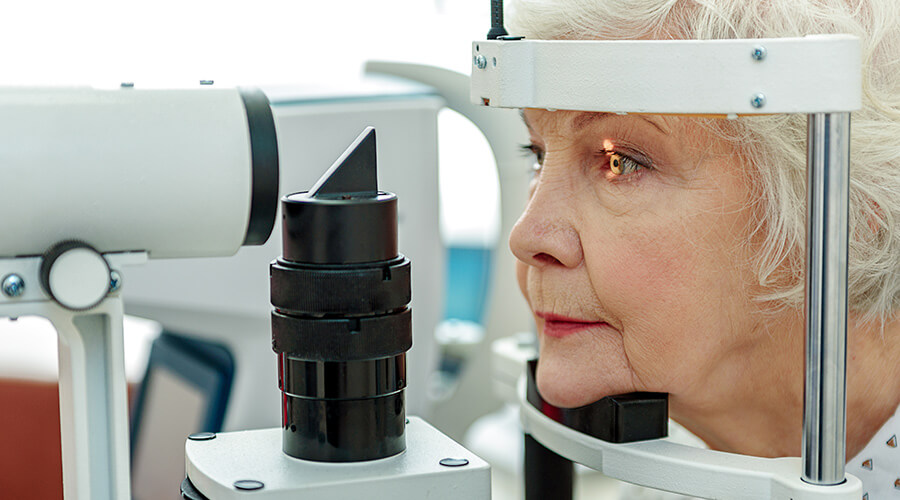Glaucoma is an eye disease that can cause vision loss and blindness due to damage of the optic nerve. Learn more about the symptoms, causes, treatment options and tips to protect your vision.
Symptoms
- Gradual vision loss
- Blurred vision
- Appearance of halos around lights
- Headaches and eye pain
- Nausea and vomiting
Causes
Increased Intraocular Pressure (IOP)
The most common cause of glaucoma is an increase in intraocular pressure, which causes damage to the optic nerve.
Age
As we age, our risk of developing the disease increases, particularly after the age of 60.
Family history
Individuals with a family history of eye disease have a higher risk of developing glaucoma.
Ethnicity
Certain ethnic groups have a higher risk of developing the disease.
Medical conditions
Diabetes, hypertension and heart disease can increase the risk of glaucoma.
Treatments
Medications
Eye drops or medications will help lower eye pressure to slow the progression of glaucoma.
Laser therapy
Procedures like laser trabeculoplasty can help improve drainage in the eye.
Surgery
Surgical procedures like trabeculectomy can create a new drainage channel for the eye.
Protecting your vision
The single best way to protect your vision is by getting a comprehensive eye examination each year and talking to a primary care physician about any noticeable vision changes or a family history of eye disease.
Other helpful tips:
- If prescribed eye drops or medications, it’s important to follow the treatment plan.
- Maintaining a healthy lifestyle can contribute to overall eye health. Avoid eating excess fried foods and baked goods.
- If you have glaucoma, use vision aids such as a magnifier.
- Stay in communication with family, friends and support groups for encouragement and assistance.
Glaucoma requires prompt diagnosis and management. When patients understand the symptoms, causes and treatment options, they can take a proactive approach to preserve their vision and prevent glaucoma-related issues.

